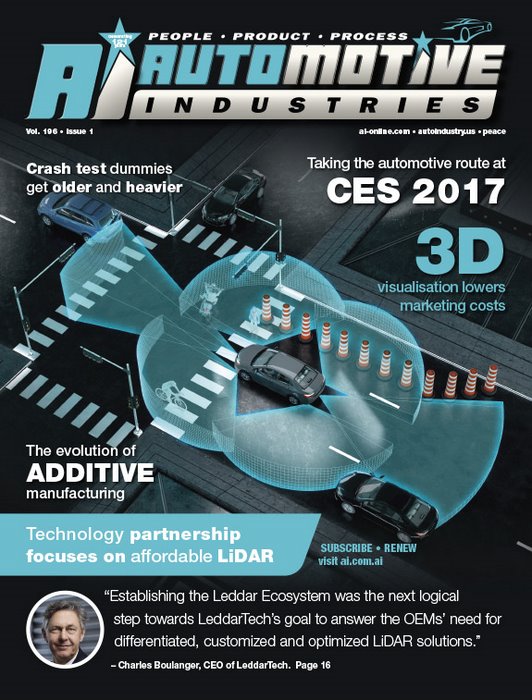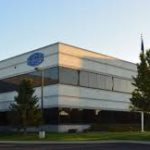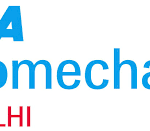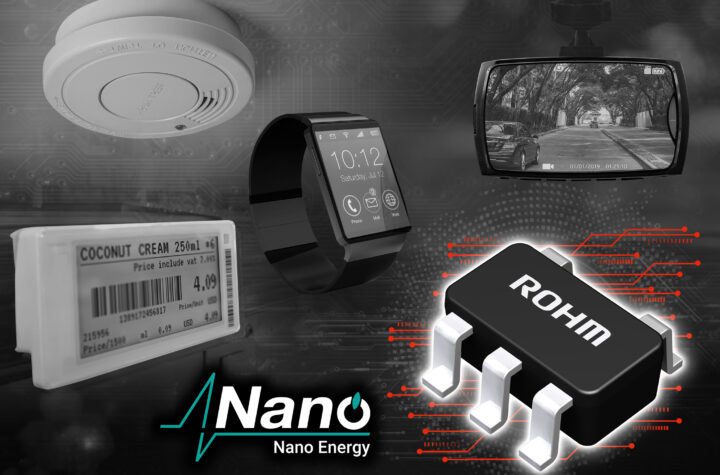Optical detection and ranging is recognized as one of the key sensing technologies needed to support increasingly sophisticated active safety features on production cars and to develop autonomous driving solutions.
One of the leaders in solid state LiDAR for the automotive market, LeddarTech, forecasts that the global market for ADAS (advanced driver assistance systems) technology will grow rapidly to over $60 billion in revenue by 2020. LiDAR technology will become a central element of the autonomous vehicle’s sensor suite, alongside existing technologies, ensuring robust sensing redundancy and increasing overall system reliability, says the company.
A partnership of leading-edge suppliers has joined forces as the Leddar Ecosystem in order to take LiDAR (Light Detection and Ranging) technology to market. They include LeddarTech, Texas Instruments (TI) for microprocessors, Hamamatsu, Excelitas, OSRAM and TriLumina for optical components, PolySync and Intempora for software development tools, and Global Sensing and AKKA Technologies for perception and navigation intelligence software.
“Leddar-based solutions bridge today’s LiDAR technology gap, and will take LiDAR mainstream as our clients transition from today’s autonomous car prototypes to high-volume deployments. The 3D solid-state LiDAR solutions presented at CES reflect th unparalleled strengths of LeddarCore ICs and our compelling automotive development programs currently under way, which stem from LeddarTech team’s unique LiDAR expertise,” says Charles Boulanger, CEO of LeddarTech.
Leddar sensing solutions for automotive applications were showcased by various high-profile exhibitors at CES 2017, including Fiat Chrysler Automobiles (FCA), Magneti Marelli, OSRAM, FEV, TI, DLH Bowles and TriLumina. LeddarTech’s solid-state LiDAR technology, which delivers both high resolution and long range in a small, robust package, is being offered as a cost-effective alternative to expensive, bulky scanning LiDARs being used today in autonomous vehicle development programs. The new solid-state LiDAR sensors are now available at volume pricing below the $100 threshold, which will enable the successful commercial deployment of semi-autonomous and autonomous vehicles, said a statement from the company.
Automotive Industries (AI) asked Boulanger what the benefits are of LeddarTech’s technologies for automotive OEMs looking to develop connected and autonomous vehicles.
Boulanger: I think that what makes our LiDARs very appealing for automotive OEMs is the great scalability of our core technology, which meets the high levels of performance, resolution and low cost required for mass developments. All sensors built on the Leddar technology utilize a unique software-based approach that leverages our proprietary signal acquisition and sequencing as well as digital processing. This allows OEMs to achieve a specified range with lower cost components, or to achieve significantly higher range from specified components. The approach is more efficient than other LiDAR technologies, which rely primarily on hardware-based approaches. And, unlike scanning LiDARs, these solid-state designs are built without mechanical systems at the point of the signal’s emission or reception. They can also take advantage of robust, durable MEMS micro-mirrors to increase the sensor’s resolution and field of view.
AI: How has your R&D helped in dealing with the issues facing the use of LiDAR such as the bulkiness and high costs?
Boulanger: The Leddar technology has been in development for more than a decade by a team of experts in the field of solid-state LiDAR sensing. From the start, our own unique approach to signal acquisition and processing allowed us to enable lower detection thresholds for significantly increased range and sensitivity compared to other solid-state or scanning LiDAR methods. Developing affordable, small and flexible LiDARs was our goal from the very beginning.
AI: What reactions did you receive from OEMs at CES 2017?
Boulanger: The reactions have been overwhelming, quite frankly. It feels very energizing to see such interest from the automotive industry for our technology. CES 2017 gave us the opportunity to have very concrete interactions with many major players from the industry in a very short time, with very positive outcome. We understand that they are eager to start working with us, as we are the only company that was showcasing functional products meeting OEM requirements during the event. It also confirmed that solid-state LiDAR is indeed a key element of autonomous driving applications, along with radar and camera vision.
AI: Explain how the Leddar Ecosystem was developed and how it will work?
Boulanger: Establishing the Leddar Ecosystem was the next logical step towards LeddarTech’s goal to answer the OEMs’ need for differentiated, customized and optimized LiDAR solutions. OEMs want the best in class core technology and expertise, and LeddarTech provides it with its LeddarCore ICs and leading-edge expertise in LiDAR systems. What was missing from the equation was the flexibility in sourcing all required LiDAR components, namely photodetectors, light source and optical parts. With an ecosystem of specialized third-party components manufacturers taking active part in our supply chain, LeddarTech now enables the development of customized LiDAR solutions at the best possible cost, while accelerating time to market and allowing better integration into broader ADAS and autonomous driving offerings by Tier 1 automotive suppliers.
AI asked Pierre Olivier, Vice-President, Engineering and Manufacturing, LeddarTech, what integrated solutions for LiDAR does LeddarTech offer automotive OEMs.
Olivier: Since every requirement and application is different, LeddarTech offers technological expertise to automotive OEMs in order to allow them to tailor their own specific LiDAR solution exactly how they need it to be. That being said, we have developed functional units that provide a sample of what can be achieved with Leddar. Concretely, we have a 2d/3d flash LiDAR system and a solid-state scanning MEMS micromirror LiDAR system that both can detect vehicles at 300 m and pedestrians and similar objects at up to 200 m. Both are integrated into standard automotive components and available in various configurations, to further demonstrate the scalability of our technology. So instead of offering standard, finished products with rigid specifications, LeddarTech’s approach is to offer a complete suite of LiDAR sensors leveraging the LeddarCore ICs, along with detailed reference design and support.
AI: How do you select your partners for the Leddar Ecosystem?
Boulanger: First and foremost, the supplier must be an established leader in its field of expertise and be specialized in the component in question. Next, the supplier’s development roadmap must be aligned with LeddarTech’s. In other words, if LeddarTech plans to have reached a certain development milestone at a given time, the supplier’s product development plan must also project to meet the required specifications. Finally, the partner would preferably be an established automotive part supplier and be already familiar with automotive compliance standards.














































 Crash test dummies getting older and heavier
Crash test dummies getting older and heavier Magneti Marelli Invests $35 Million for an Automotive Lighting Facility in Independence Township (MI
Magneti Marelli Invests $35 Million for an Automotive Lighting Facility in Independence Township (MI Daimler and Uber sign general agreement on the intended supply and operation of self-driving Mercede
Daimler and Uber sign general agreement on the intended supply and operation of self-driving Mercede Connecting the connected car
Connecting the connected car Automechanika India confident of 20% growth
Automechanika India confident of 20% growth Addressing the challenges of designing autonomous vehicles
Addressing the challenges of designing autonomous vehicles



